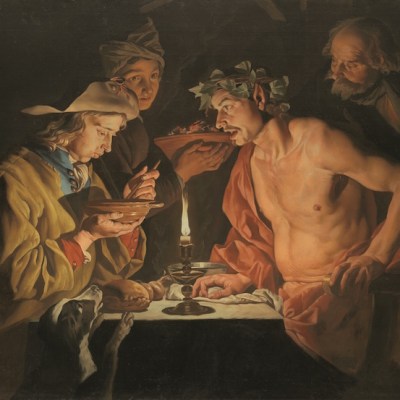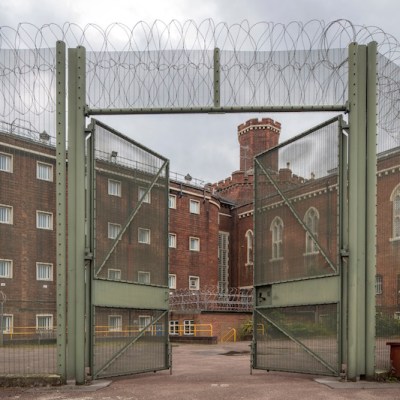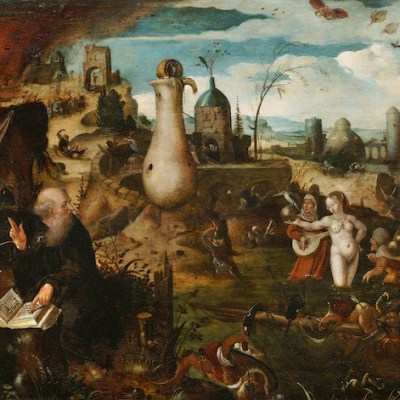To coincide with the Biennale des Antiquaires, Paris Tableau is hosting a symposium, ‘Figures of the Dandy: from Van Dyck to Oscar Wilde’ at the Petit Palais on Tuesday 13 September. Christophe Leribault, director of the Petit Palais and convenor of the event, discusses the subject with Apollo.
This symposium acts as a type of scholarly preview to the forthcoming Oscar Wilde exhibition at the Petit Palais (‘Oscar Wilde: L’Impertinent Absolu’; 28 September–15 January 2017). How did you select its historical trajectory?
I wanted to put together an event on male portraiture, because there has been much less work on the subject than on portraits of women. Portraits of men have historically often been rather more sober than those of women, with less eye-catching garments, and so on. And then this idea of male elegance drew me to Oscar Wilde – and there’s a nice paraodox here, too, as Wilde’s only novel is The Picture of Dorian Gray, in which, to put it mildly, the painting in question ends up with severe conservation problems!
How closely tied up is the idea of dandyism with portraiture? What do we learn about the dandy from portraits?
Dandyism is a question of appearance, of looking, of how people want themselves to be seen. I think portraiture is very important in this context. Of course, dandyism reaches beyond painting, but the subject seemed to tie in so well with Paris Tableau and our forthcoming Oscar Wilde exhibition.
Of course, it’s a little bit of a historical leap to relate the idea of the dandy to Van Dyck and the 17th century, as it’s an invention of the late 18th century and the early 19th century. But Van Dyck succeeded in showing so many elegant people who have clearly taken a great deal of care over their appearance – and when we look back at these paintings across the centuries, it’s hard not to do so without a sense of the historical ideas about elegance that followed them. The aim for Alexis Merle du Bourg, who’ll speak on Van Dyck at the symposium, is to suggest how 17th-century painting is a source for what came after; it will be Van Dyck seen through Romanticism, as it were.
The 19th-century dandy is often associated with Paris, but the symposium includes discussion of northern European and Spanish painters, with Guillaume Kientz talking about Spanish portraiture from Velázquez to Goya. Do you think of the dandy as a pan-European phenomenon?
I asked Guillaume to speak because I think that, when you look at 17th-century Spanish portraits, it seems everyone is wearing the same black clothes. It’s the opposite of portraits of Louis XIV, or from his court at Versailles, which have so much gold in them. It’s interesting to ask the question about how Spanish styles of the time might still have made room for a search for individual elegance. Similiary, in the French Revolution, when it didn’t pay to stand out from the crowd, there were still a lot of elegant portraits, including of revolutionaries like Robespierre – people who were interested in forging a new fashion for a new society.
Are there other manifestations of the dandy that you would like to have explored?
Of course. We could have included portraits by David Hockney, for example, as we’re not focusing on a strict 19th-century definition of the dandy. But I feel like the historical spread will give a real range of perspectives on the topic – and it certainly won’t be a repetitive afternoon.
What does it mean to stage a major Oscar Wilde exhibition in Paris? Is it perhaps double-edged, given that Wilde found both pleasure and, later, the pain of exile in the city?
Wilde’s experience of Paris was so wide-ranging, from his first visit with his mother, to the trip he made with Constance Wilde after their marriage, to the sad period here at the end of his life. He met André Gide, Pierre Louÿs, Sarah Bernhardt, and even, perhaps less expected, Mallarmé and Victor Hugo. Of course, he wrote Salomé in French, and he became famous very quickly in Paris. So it’s strange, in a way, that this is the first exhibition in Paris to be dedicated to Wilde. It feels long overdue.
‘Oscar Wilde: L’Impertinent Absolu’ is at the Petit Palais, Paris, from 28 September–15 January 2017.



